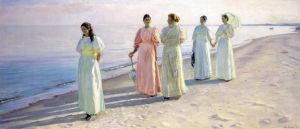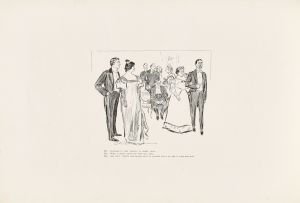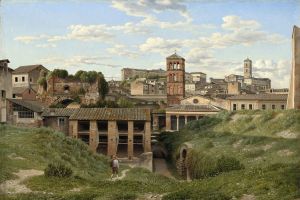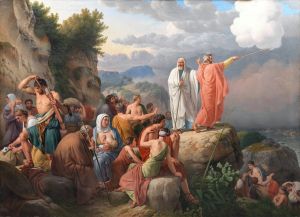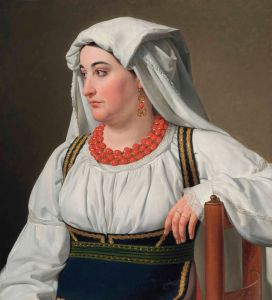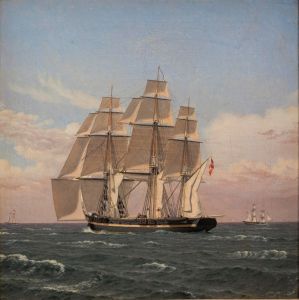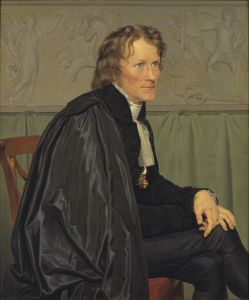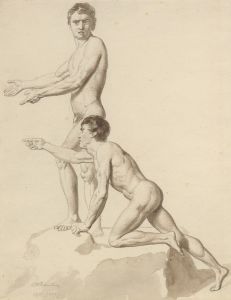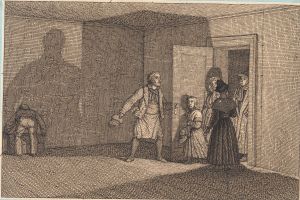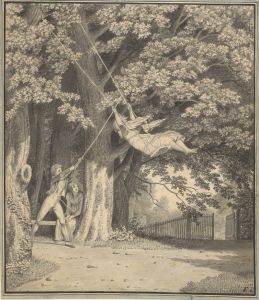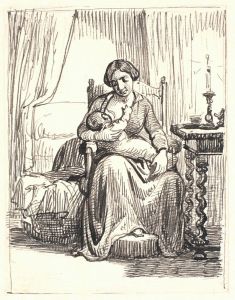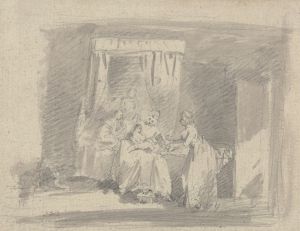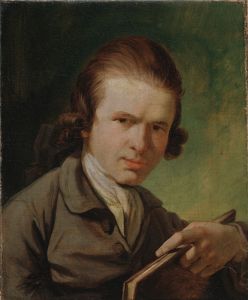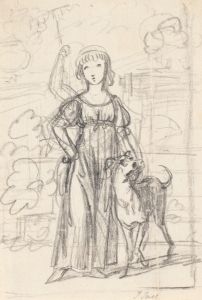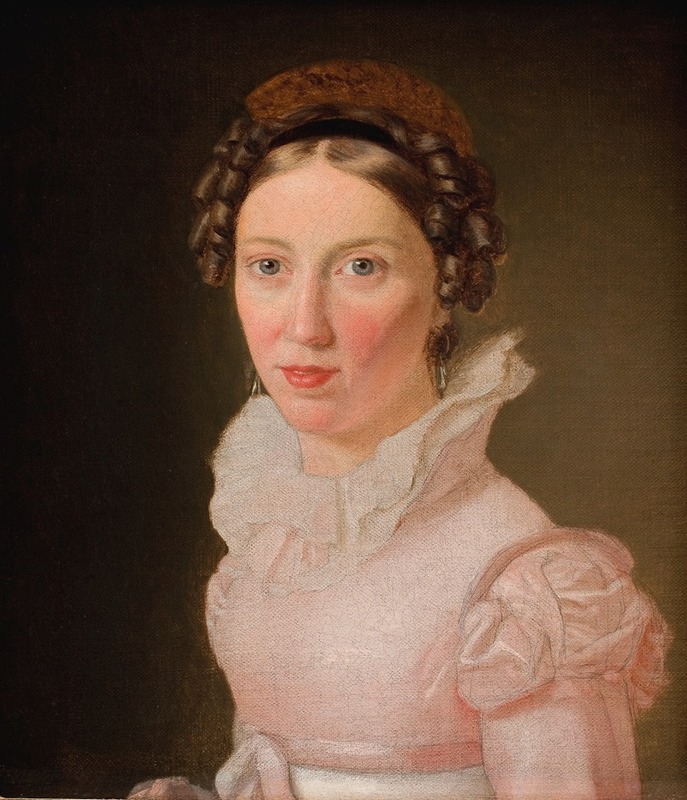
Suzanne Juel. The Artist’s Sister-in-Law and later to Become his Third Wife
A hand-painted replica of Christoffer Wilhelm Eckersberg’s masterpiece Suzanne Juel. The Artist’s Sister-in-Law and later to Become his Third Wife, meticulously crafted by professional artists to capture the true essence of the original. Each piece is created with museum-quality canvas and rare mineral pigments, carefully painted by experienced artists with delicate brushstrokes and rich, layered colors to perfectly recreate the texture of the original artwork. Unlike machine-printed reproductions, this hand-painted version brings the painting to life, infused with the artist’s emotions and skill in every stroke. Whether for personal collection or home decoration, it instantly elevates the artistic atmosphere of any space.
Christoffer Wilhelm Eckersberg, often referred to as the "Father of Danish Painting," created the artwork titled Suzanne Juel. The Artist’s Sister-in-Law and later to Become his Third Wife in 1823. This painting is a portrait of Suzanne Cathrine Juel, who was the sister of Eckersberg's second wife, Julie Juel. Suzanne would later become Eckersberg's third wife after the death of Julie in 1827. The work is considered an example of Eckersberg's mastery in portraiture, showcasing his ability to capture the personality and presence of his subjects with precision and sensitivity.
The painting depicts Suzanne Juel in a seated pose, dressed in contemporary 19th-century attire. Eckersberg's attention to detail is evident in the rendering of her clothing and the delicate features of her face. The composition is intimate, reflecting the close relationship between the artist and the sitter. The use of light and shadow enhances the three-dimensionality of the figure, a hallmark of Eckersberg's style, which was influenced by his studies in Paris and Rome.
Eckersberg was a central figure in the Danish Golden Age of painting, and his works often emphasized clarity, realism, and a deep respect for his subjects. This portrait is no exception, as it demonstrates his technical skill and his ability to convey the individuality of the sitter. The painting also serves as a personal document, capturing a moment in the life of a woman who would later play a significant role in the artist's life.
The artwork is part of Eckersberg's broader body of work, which includes portraits, landscapes, and historical scenes. His portraits, in particular, are celebrated for their lifelike quality and emotional depth. While the exact location of this painting is not specified in available records, many of Eckersberg's works are housed in Danish museums, such as the National Gallery of Denmark (Statens Museum for Kunst) and the Hirschsprung Collection.
This painting is a testament to Eckersberg's skill as a portraitist and his ability to capture the essence of his subjects. It also provides insight into the personal connections that influenced his artistic output.





